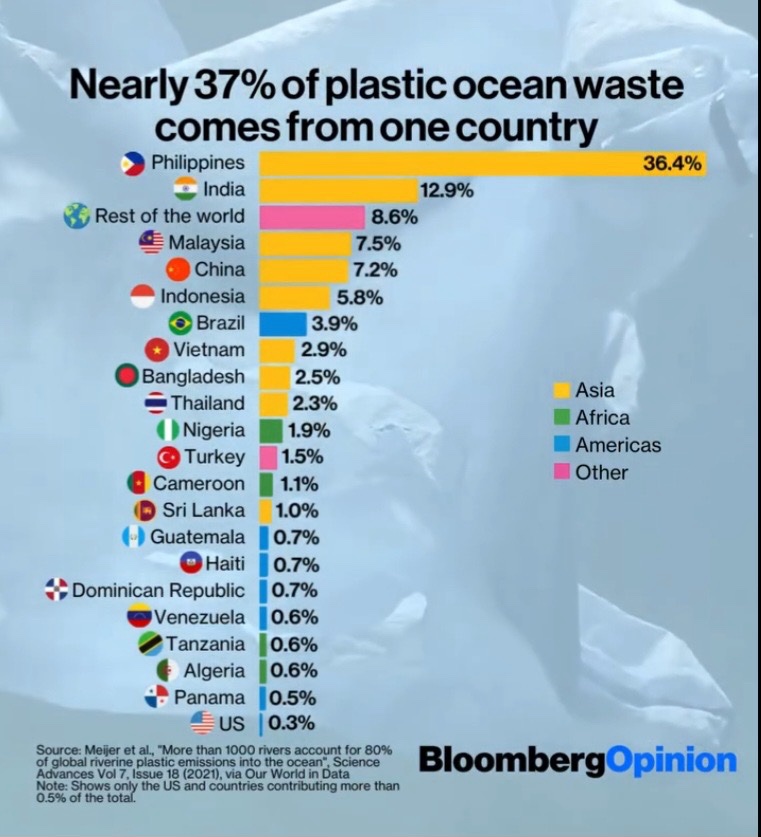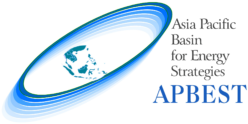
Photo c/o BoombergOpinion
The Philippines is now the top global contributor to ocean plastic pollution. It is now responsible for 36.38% of plastic waste in 2019 according to an article by Earth.org. Most plastic enters the sea from rivers, with seven of the top ten most polluted rivers worldwide located in the Philippines.
Plastic harms the diverse marine life and coral reefs in the country, threatening ecosystems and human health. The issue stems from cultural practices, like using small packages, and widespread poverty, prompting people to choose cheaper but more polluting options.
Inadequate waste disposal facilities and a lack of government enforcement contribute to the problem. Despite having laws since 2001, there’s been little progress in waste reduction.
To address this crisis, the Philippines can learn from successful examples like Taiwan and China, implementing legislation, banning certain plastics, and improving waste management. Short-term efforts, such as the closure of Boracay in 2018, show that immediate action can lead to long-term benefits. Increasing recycling options, imposing fees on plastic use, and raising awareness are crucial steps to combat plastic pollution in the country.
Read more: https://earth.org/philippines-
Sources: Ramos, D. (2023, June 12). Plastic pollution in the Philippines: Causes and solutions. Earth.Org. https://earth.org/philippines-plastic/
